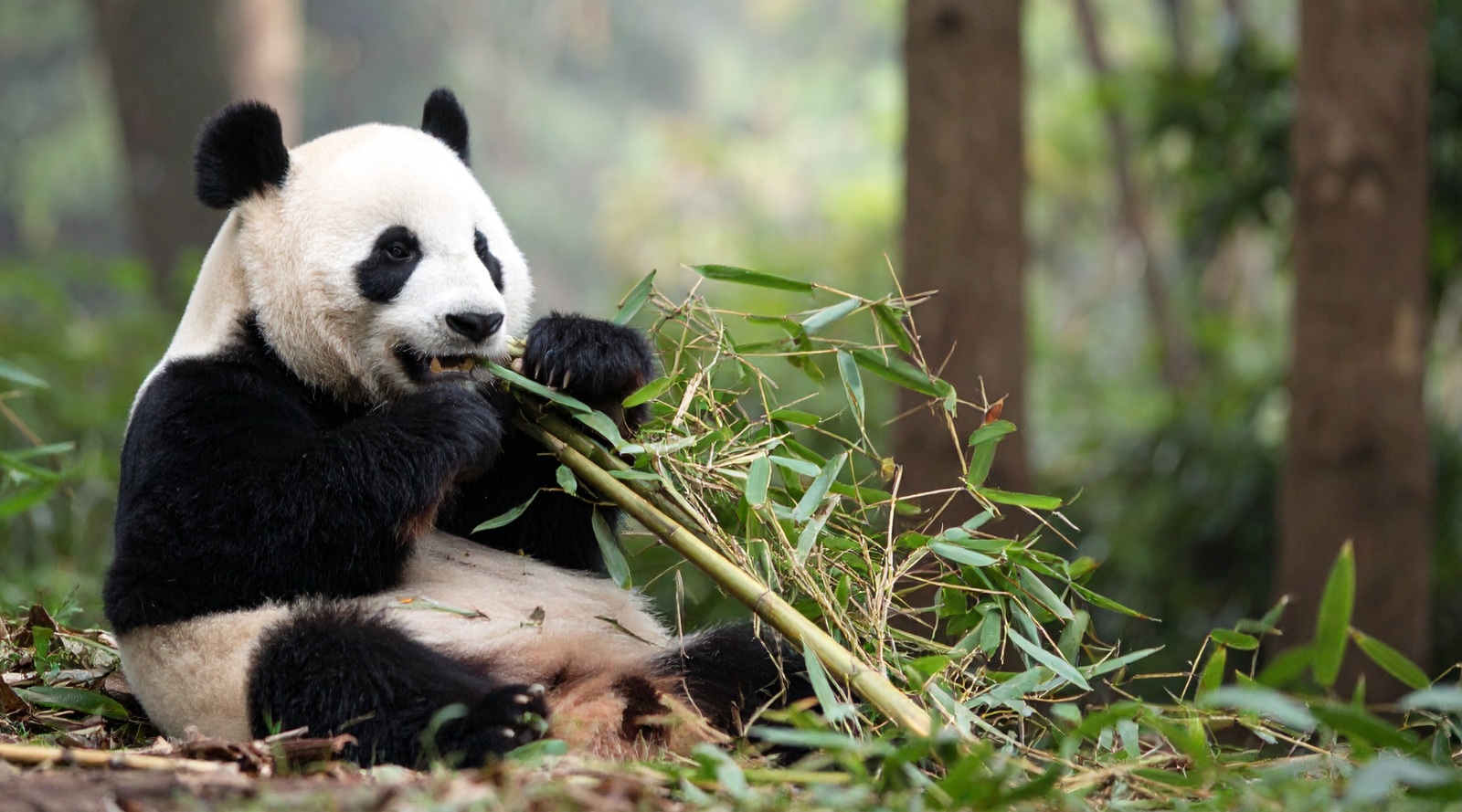Are Elephants Endangered? The Truth and How We Can Help
When you think of elephants, what comes to mind? Perhaps the regal creatures roaming the African savanna, or maybe Dumbo flapping his oversized ears? Elephants have long been the giants of our imagination, symbolizing everything from wisdom to gentle strength. But here's the not-so-gentle truth: elephants are in trouble, and it's time we talked about it.

The Big Question: Are Elephants Endangered?
Short answer: Yes. But, as with anything worth knowing, the story is more complicated than that. Let's break it down without getting too caught up in doom and gloom (though we might dip our toes in). Elephants are categorized as "Vulnerable" or "Endangered" depending on the species and location. But what does that mean?

African Elephants vs. Asian Elephants: A Tale of Two Continents
First, we must clarify that "elephants" aren't just one species. There are two main types: African elephants and Asian elephants. Both are under threat, but the challenges they face differ.

African Elephants: The Mighty Giants of the Savanna
African elephants (Loxodonta) are the largest land animals on Earth. Being the biggest should mean they'd have less to worry about, right? Unfortunately, not. There are two subspecies: the Savanna elephant and the Forest elephant. The Savanna elephants, with iconic large ears shaped like the African continent (fun fact for your next trivia night), are considered vulnerable. Meanwhile, the smaller Forest elephants, which are more elusive and roam the dense rainforests, are considered critically endangered.
The reasons for their decline? You've probably heard them before, but they bear repeating:
- Poaching for Ivory: Despite international bans on the ivory trade, poaching remains a significant problem. The illegal ivory market is driven by demand in certain parts of the world, where elephant tusks are prized for their supposed medicinal properties and as status symbols. For the elephants, this means living in constant danger, often leading to devastating losses for their herds.
- Habitat Loss: As human populations grow, the lands elephants once roamed freely are being converted into agriculture or urban areas. Elephants need vast territories to find enough food and water; shrinking habitats mean more conflicts with humans.
- Human-Wildlife Conflict: Imagine you're an elephant, just trying to have a nice dinner of leaves and bark, when suddenly, you find yourself in a farmer's crop field. You see food, but the farmer sees the destruction of their livelihood. Conflicts like these often end poorly for elephants.

Asian Elephants: The Smaller Cousins
Asian elephants (Elephas maximus) are smaller than their African cousins, with smaller ears and a gentler temperament. However, don't let their smaller size fool you into thinking their problems are less severe.
- Habitat Fragmentation: In Asia, elephants' habitats are severely fragmented due to agriculture, logging, and infrastructure development. These elephants often find themselves isolated in small patches of forest, making it difficult to find food, water, and, importantly, each other (these are social animals).
- Captivity: Asian elephants are often captured and used in the logging industry, for tourism entertainment, or religious ceremonies. The conditions in which they live can be poor, and the loss of wild populations due to capture is a significant conservation concern.
- Poaching: Although Asian elephants are less often poached for ivory (since only some males have tusks), they are still at risk. They are also targeted for their skin, which is used in traditional medicine and for jewelry.

But Wait, There's Hope!
Let's talk about the positive side before we all start weeping into our pillows. Elephants are not doomed—at least not yet. Thanks to conservation efforts worldwide, there is still hope for these majestic creatures.
- Conservation Areas and National Parks: Governments and NGOs have been establishing protected areas where elephants can live without the threat of poaching or habitat destruction. These areas are often large enough to support entire herds and are crucial to maintaining elephant populations.
- Anti-Poaching Efforts: Technology has become a powerful ally in the fight against poaching. From drones that monitor herds to GPS tracking of individual elephants, conservationists are finding new ways to keep elephants safe. Plus, harsher penalties for poachers are starting to make a difference.
- Community-Based Conservation: Many organizations work directly with local communities to reduce human-elephant conflict. Everyone benefits by finding ways for people to live alongside elephants—whether through eco-tourism or alternative farming techniques.
- International Cooperation: The global community has recognized the need to protect elephants. International agreements like CITES (Convention on International Trade in Endangered Species of Wild Fauna and Flora) aim to stop the illegal ivory trade, while awareness campaigns help reduce demand.

So, What Can You Do to Help?
Great, you've made it this far. You're informed, and you care. But what can one person do? Quite a lot!
- Support Ethical Tourism: If you're planning to visit countries where elephants live, choose tours and parks that prioritize the well-being of the animals. Avoid places that offer elephant rides or shows, as these often involve mistreatment.
- Donate to Elephant Conservation: There are many organizations dedicated to protecting elephants. Whether it's The Elephant Crisis Fund, the World Wildlife Fund, or a local charity, your donation can make a real difference.
- Say No to Ivory: This one's easy—never buy ivory. Whether it's a trinket at a market or an antique piece, purchasing ivory only fuels the demand that drives poaching.
- Spread the Word: Knowledge is power. Share what you've learned about elephants with others. The more people understand the situation, the more support we can garner for conservation efforts.
- Support Sustainable Products: Companies that commit to sustainable practices help reduce the demand for land that contributes to habitat loss. By supporting these businesses, you're indirectly helping elephants and many other species.

Final Thoughts: Why Elephants Matter
Elephants are more than just impressive animals—they're essential to the ecosystems they inhabit. Known as "ecosystem engineers," they play a vital role in shaping their environment. For instance, their foraging habits create forest clearings, which help other species thrive. Their migration patterns help disperse seeds, promoting biodiversity. Without elephants, the ecosystems of Africa and Asia would be drastically altered, and not for the better.
If you're curious to learn why elephants are so crucial to their ecosystems, check out our detailed article on whyelephants are keystone species.
So yes, elephants are endangered, but their story isn't over. We can turn things around with continued effort, awareness, and love for these incredible creatures. After all, the world would be a lot less wonderful without elephants.
So next time you see a picture of an elephant or maybe one of those charming elephant-themed T-shirts (we know a great place where you can find one!), take a moment to appreciate these fantastic creatures and consider how you can be a part of the solution. Because saving elephants isn't just about saving a species—it's about preserving the natural world's magic for generations to come.
And who wouldn't want to do that?
















Leave a comment (all fields required)